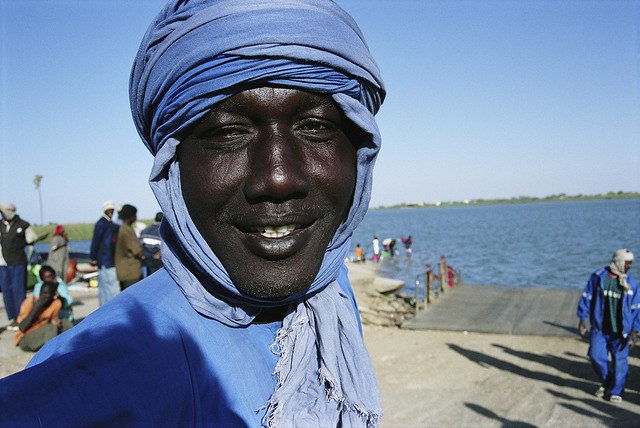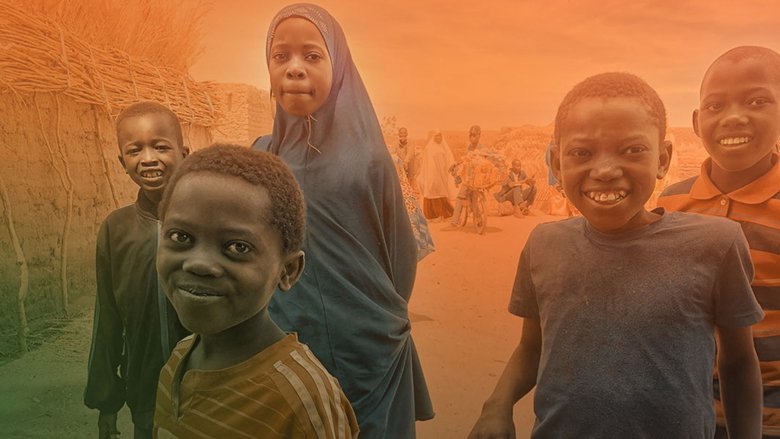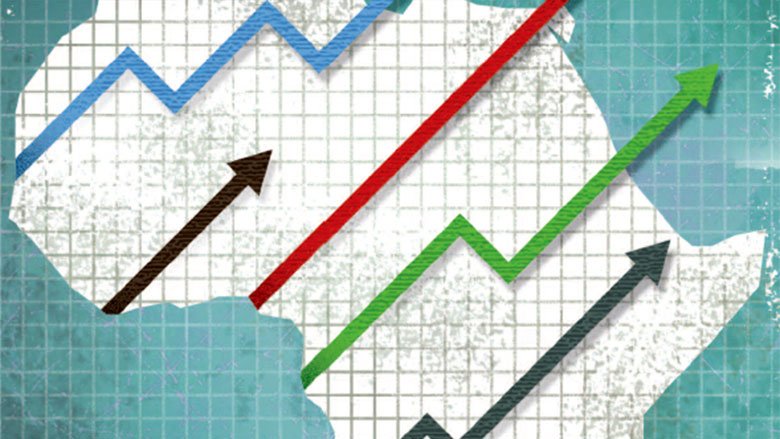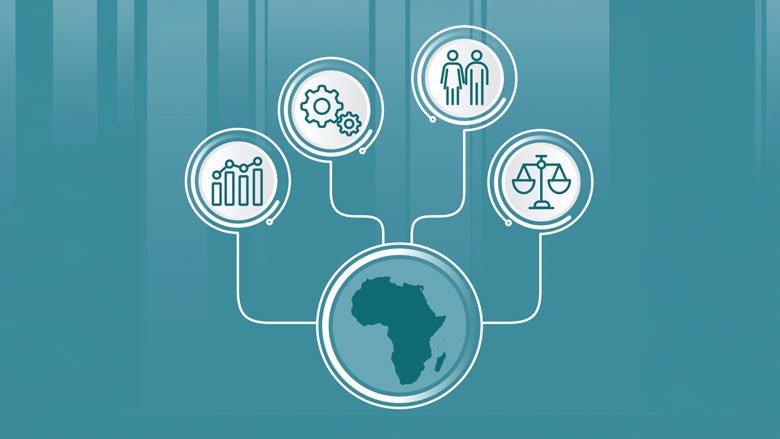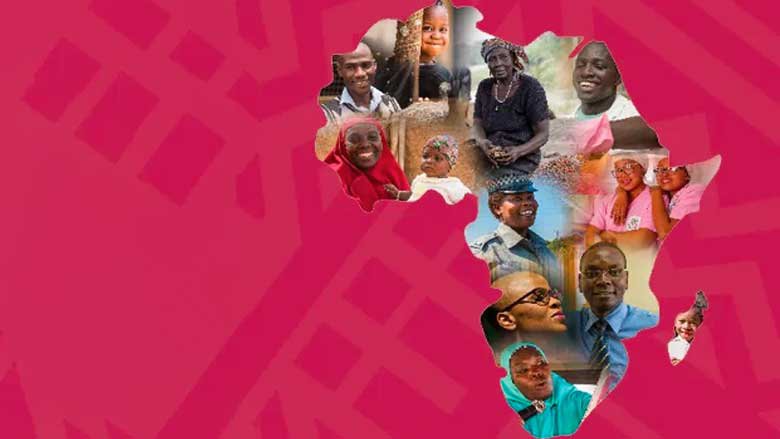A landlocked Sahelian country in central Africa, Chad is grappling with security challenges associated with conflicts in bordering countries as well as the impacts of climate change, in particular accelerated desertification and the drying up of Lake Chad.
Due to the Sudan crisis and the constant influx of new refugees and returnees, the Chadian government estimates that some 600,000 people could arrive in Chad by the end of 2023. Chad has welcomed some 450,000 refugees from Sudan, the Central African Republic and Nigeria.
Poverty and vulnerability are pervasive in Chad, with 42.3% of the population living below the national poverty line. Extreme poverty ($2.15/day per capita [PPP 2017]) also remains high in the country and has risen significantly, from 31.2% in 2018 to 34.9% in 2021 and 35.4% in 2023.
The World Bank's Human Capital Index for Chad is 0.30. This means that a child born today will be 70% less productive as an adult than a child who has received a quality education and appropriate health services. Furthermore, one in five Chadian children will not reach the age of five, and 40% of them suffer from stunted growth, with the risk of lasting consequences for their cognitive development. Between the ages of 4 and 18, Chadian children spend an average of just 5 years in school.
With 856 deaths per 100,000 live births, Chad has one of the highest rates of maternal mortality, a phenomenon exacerbated by the high number of early pregnancies (164.5 births per 1,000 teenagers aged 15 to 19).
Political context
Following the death of President Idriss Déby Itno on April 20, 2021 at the front, a Transitional Military Council led by his son, Mahamat Idriss Déby Itno, took over. The Constitution was suspended and a transition period of 18 months was observed.
The conclusions of the inclusive and sovereign National Dialogue, held between August and October 2022, extended the political transition by two years. General Mahamat Deby Itno was sworn in as President of the transition on October 10, and set up a government of national unity on October 14.
On October 20, the opposition protested against the extension of the transition period, although the transition president was allowed to stand for election. The bloody demonstrations result in 128 deaths, according to estimates by the National Human Rights Commission (CNDH) of Chad.
A constitutional referendum on a new constitution is held on December 17, 2023. The new constitution was approved by 86%, with a 63.75% turnout, but opposition leaders disputed the figures.
After a year in exile, the main opponent, Succès Masra, concluded a reconciliation agreement and returned to N'Djaména following the "Kinshasa Agreement" of November 3, 2023. On January 1, 2024, the Transitional President appointed the president of the Les Transformateurs party as Prime Minister.
The Agence nation de gestion des élections (ANGE) announced the dates of the next presidential election: the first round of voting is scheduled for May 6, 2024, followed by the second round on June 22.
Economic Outlook
- An oil-producing country since 2003, Chad has become highly dependent on this resource, whereas its economy was previously based on agriculture.
- Despite the current humanitarian crisis triggered by the war in Sudan, Chad's economy is set to record its strongest performance since 2014, with GDP growth estimated at 4.1% (1% per capita) in 2023. This growth is underpinned by oil production, which is expected to increase by 4.4%. Non-oil GDP is expected to grow by 4.1% (versus 2% in 2022), thanks to significant public investment. After the floods of 2022, the recovery of the agricultural sector is expected to make a significant contribution to growth, amounting to 1.6 percentage points (ppt).
- In 2024, growth should decelerate to 2.7% (0.4% per capita). Non-oil GDP is forecast at 3.4%. This deceleration is due to the expected drop of almost 2% in world oil prices, as well as to a reduction in public investment. Over the 2025-2026 period, growth is expected to average 3.1% (0.1% per capita). Non-oil GDP growth should reach 3.5% over the same period.
- Inflation is expected to fall to 4.1% in 2023 due to the deceleration of food inflation (4.8%) resulting from improved agricultural production. Despite these improvements, food insecurity remains a major problem.
- Government measures to combat food insecurity are expected to mitigate food inflation, with the result that inflation should fall to 3.9% in 2024, before averaging 3.3% over 2025-2026.
- The extreme poverty rate (measured at the 2017 $2.15 purchasing power parity threshold) fell by 1.1 percentage points between 2022 and 2023, but given the high population growth, the number of people (5.4 million) living in extreme poverty remains high. In addition, security restrictions, the low geographical coverage of social protection programs and the current crisis in Sudan limit the possibilities of reducing extreme poverty. As a result, an additional 237,479 people will fall into extreme poverty in 2024, representing an increase of 0.4 percentage points in the extreme poverty rate.
- This outlook is subject to multiple downside risks, including falling oil prices, political instability during the forthcoming elections, rising insecurity and climatic shocks. A prolonged war in Sudan beyond 2023 would worsen the humanitarian crisis, weigh on public finances and increase inflationary pressures.
Last Updated: Mar 21, 2024




